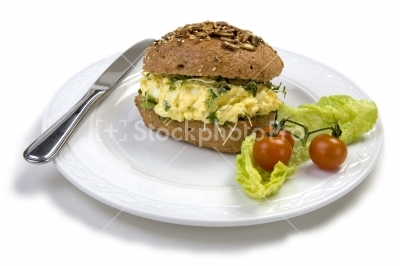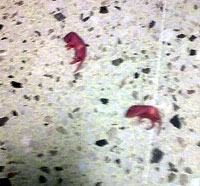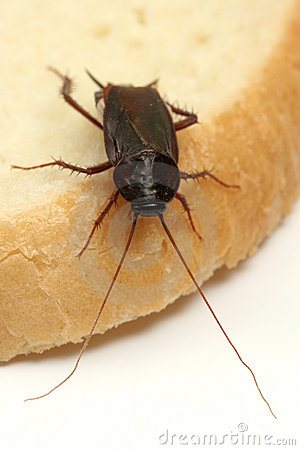A couple whose baby fell seriously ill with food poisoning at a four-star hotel are taking action against holiday firm Thomson.??
Metropolitan police officer Ediz Mevlit, 35, and wife Jenny said today it was “terrifying” watching daughter Melissa suffer from the salmonella (photo, right, from the Evening Standard).
The London Evening Standard reports that the child, now 15-months-old, contracted the bacteria on a £1,500 Moroccan holiday to the Royal Atlas  hotel in September, the family’s first foreign trip.
hotel in September, the family’s first foreign trip.
Mrs Mevlit, 28, said her daughter was sick for three weeks and may suffer long-term health problems.
The couple also had mild stomach cramps. They said they spoke to others who suffered food poisoning at the hotel. One couple reported on website Trip Advisor that much of what was available at the Royal Atlas was “inedible.”
The 338-bedroom hotel in Agadir is exclusive to Thomson customers. Thomson said all the hotels it used “are closely monitored to ensure the highest health, safety and comfort levels are maintained”, adding: “As this case is being investigated by our legal team, we are unfortunately unable to comment any further.”

 before any other chef because she creates MREs, designed to fuel soldiers lugging 100-pound packs all day.
before any other chef because she creates MREs, designed to fuel soldiers lugging 100-pound packs all day. their approach isn’t entirely scientific.
their approach isn’t entirely scientific. • Evidence of mice or live mice present in facility’s food and/or non-food areas.
• Evidence of mice or live mice present in facility’s food and/or non-food areas. infected with salmonella.
infected with salmonella. decided not to shut the store down.
decided not to shut the store down. Our two-year old, Sorenne, has been reluctant to wash her hands lately. Today during a particularly messy diaper change, she reached down to see what was going on, got poop on her index finger, and decided to wipe it on my forearm saying, “Blech, poop yucky!”
Our two-year old, Sorenne, has been reluctant to wash her hands lately. Today during a particularly messy diaper change, she reached down to see what was going on, got poop on her index finger, and decided to wipe it on my forearm saying, “Blech, poop yucky!” preparation areas including from chopping boards, bench tops and dish clothes as part of their routine inspections.
preparation areas including from chopping boards, bench tops and dish clothes as part of their routine inspections. food to eat – have a rating between A and E. Any worse, and the council bans them from trading.
food to eat – have a rating between A and E. Any worse, and the council bans them from trading.  stored properly; raw meat is left on a higher shelf where it drips into other food such as salad, likely to cause food poisoning.
stored properly; raw meat is left on a higher shelf where it drips into other food such as salad, likely to cause food poisoning.